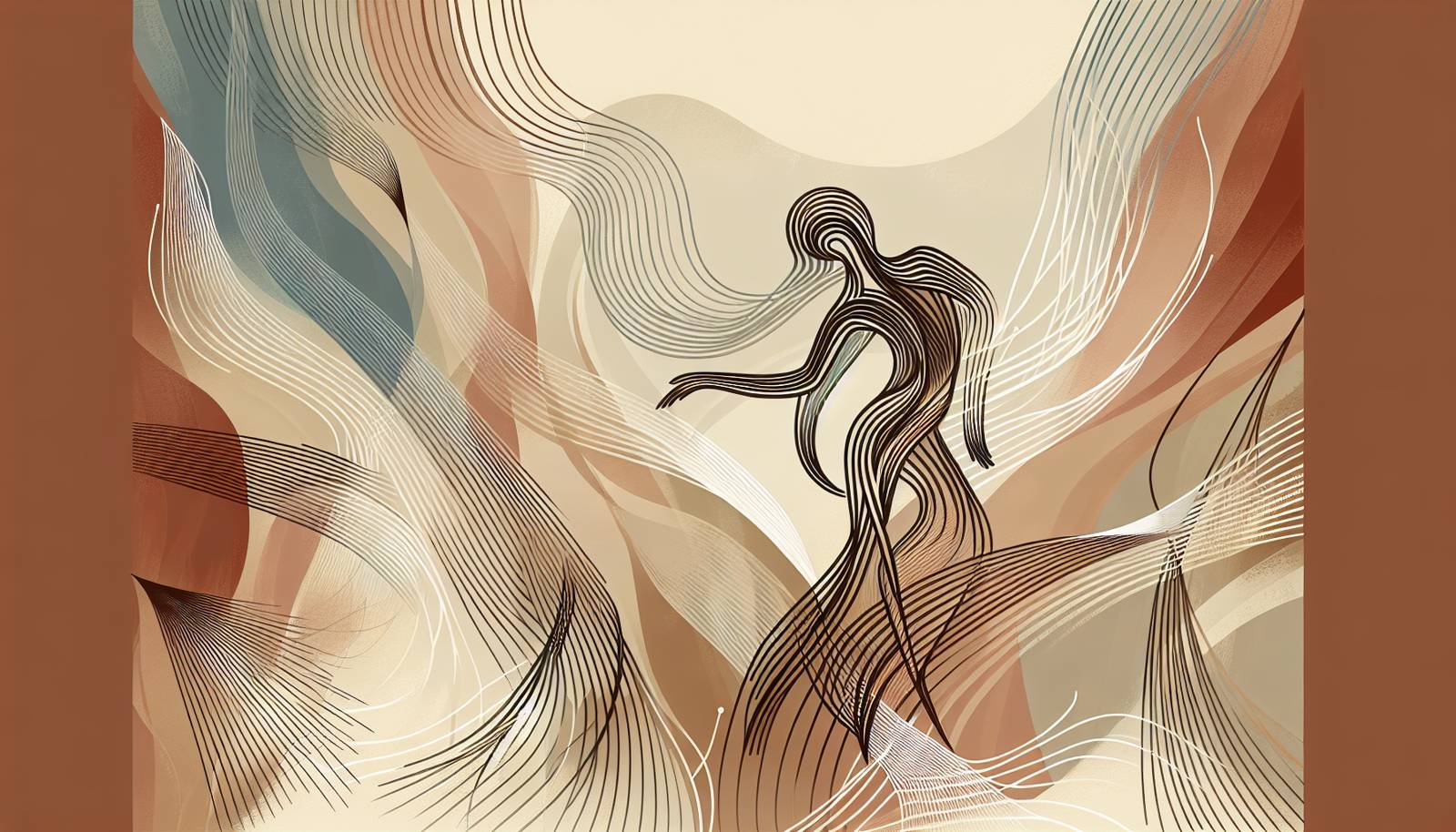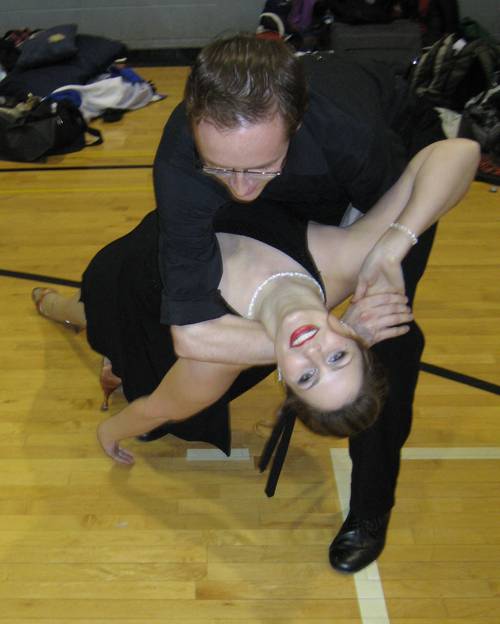
FAQ About The Influence of Salsa on Global Dance Cultures

What is salsa dancing and where did it originate?
Salsa dancing is a popular social dance style that originated in the Caribbean, particularly from the Afro-Cuban musical genre. It developed in the 1920s with influences from various dance styles, including mambo, cha-cha-cha, and rumba. Salsa is characterized by its vibrant, rhythmic steps and is typically performed in pairs, though it can also be danced solo or in groups.

How has salsa influenced global dance cultures?
Salsa has significantly influenced global dance cultures by promoting a fusion of styles that incorporate elements of Latin and Afro-Cuban origins. Its infectious rhythm and lively patterns have inspired countless salsa festivals around the world, fostering an exchange between different cultures and encouraging the blend of local dance traditions with salsa.

In what ways has salsa evolved since its inception?
Since its inception, salsa has evolved to include various styles such as New York style, Los Angeles style, Cuban or Casino style, and Colombian style, each adding unique elements to the dance. These variations have expanded the salsa repertoire, allowing dancers to express themselves differently and adapt to the evolving music.

What are the main characteristics of salsa music that influence salsa dancing?
Salsa music is characterized by its fast tempo, rhythmic percussion, and the use of instruments like congas, bongos, trumpets, and piano. The music's strong beats are essential in dictating the dance's movements, emphasizing certain steps and making it possible for dancers to sync their movements precisely with the rhythm.

Why is salsa considered a social dance?
Salsa is considered a social dance because it is commonly practiced in social settings such as dance clubs, community events, and salsa nights, where people gather to dance with partners. This form of dance emphasizes connection, interaction, and communication between partners, making it an ideal way to socialize while enjoying the music and movement.

Can salsa be performed as a competitive dance?
Yes, salsa can be performed as a competitive dance. Competitions are often part of salsa festivals and dance championships, where dancers showcase their technical skills, creativity, and synchronization. Competitive salsa dancing can include solo performances, couple dances, or team choreographies judged based on rhythm, style, and flair.

How do salsa dance styles differ around the world?
Salsa dance styles vary significantly around the world. For example, Cuban salsa, known as Casino, tends to focus more on circular and group patterns, while New York style salsa, or "Mambo on 2", emphasizes linear movements and intricate footwork. Meanwhile, Los Angeles style salsa is known for its acrobatic elements and dramatic spins. Each regional style brings its distinct flavor and interpretation to the dance.

What role does improvisation play in salsa dancing?
Improvisation plays a crucial role in salsa dancing, allowing dancers to spontaneously create movements that respond to the music and their partner. This element of surprise and personal expression makes salsa unique and exciting, as no two dances are exactly alike, and dancers can express their individuality during performances or social dances.

How has technology influenced the spread of salsa worldwide?
Technology has played a significant role in spreading salsa worldwide by providing platforms like YouTube and social media for learning and sharing dance tutorials, performances, and music. These technologies have made salsa more accessible, allowing enthusiasts from different parts of the globe to connect and develop their skills regardless of geographical limitations.

Are there any famous festivals dedicated to salsa dancing?
Yes, there are several renowned festivals dedicated to salsa dancing, such as the Puerto Rico Salsa Congress, the New York Salsa Congress, and the Los Angeles Salsa Congress. These events attract dancers and musicians from around the world, offering workshops, performances, and competitions, thus celebrating the cultural richness of salsa.

What are some misconceptions about salsa dance?
One common misconception about salsa is that it is a singular, unchanging dance style. In reality, salsa encompasses a range of styles and interpretations, and it continuously evolves. Another misconception is that salsa dancing is only for those who are already good dancers, whereas, in truth, salsa is accessible to everyone, with beginner classes available worldwide.

How is salsa music connected to its Afro-Cuban roots?
Salsa music is deeply connected to its Afro-Cuban roots through its rhythmic patterns that emphasize percussion instruments derived from African musical traditions. The clave, a core rhythmic structure in salsa music, is influenced by Afro-Cuban music, blending African elements with Caribbean sounds to create salsa's unique and captivating rhythm.

Why is salsa an important cultural exchange vehicle?
Salsa serves as an important vehicle for cultural exchange as it brings people from diverse backgrounds together to share in the joy of dance and music. Events like international salsa festivals highlight the cultural fusion inherent in salsa, facilitating dialogue and understanding between different communities.

What significant dance moves are foundational in salsa?
Foundational dance moves in salsa include the basic step, cross-body lead, right and left turns, and various stylings such as shines and spins. These moves provide the framework for various combinations and sequences that dancers can expand upon, adding their flair as they gain more experience.

How do salsa dance lessons typically progress for beginners?
Beginners' salsa dance lessons typically start with fundamental moves such as the basic steps and timing. As students gain confidence, classes often progress to include turns, partner work, and introduction to different salsa styles. Lessons emphasize rhythm, coordination, and connection with music to build a strong foundation.

What role do community dance clubs play in promoting salsa?
Community dance clubs play a vital role in promoting salsa by providing spaces where enthusiasts can practice, socialize, and learn from each other. These clubs often host salsa nights, workshops, and events that nurture local talent and promote ongoing interest and participation in salsa dancing.

How do salsa dancers incorporate their cultural identities into their dances?
Salsa dancers often incorporate their cultural identities into their dances by blending traditional movements with salsa steps, creating unique performances that reflect their heritage. This personal touch can be seen in the stylistic choices, musical selections, or thematic elements within their dance routines.

What are some key differences between salsa and other Latin dances?
Key differences between salsa and other Latin dances like bachata or merengue include the rhythm patterns, tempo, and foundational steps. Salsa typically features a faster tempo and more intricate footwork compared to bachata's slower, romantic style, while merengue often involves simpler, marching steps with a steady beat.

Why do some dancers prefer one variety of salsa over another?
Preference for one variety of salsa over another often boils down to personal taste and connection with the music or style. Some dancers prefer the structured patterns of the New York style, while others enjoy the freedom of movement in Cuban salsa. Personal expression, music preferences, and cultural background contribute to these preferences.

What impact has salsa had on modern social dance styles?
Salsa has vastly influenced modern social dance styles by inspiring a new wave of creative fusion, where social dances incorporate salsa steps and rhythms. This has led to the emergence of new dance styles that embrace salsa's dynamic energy, enhancing global social dance culture with its unique flair.
